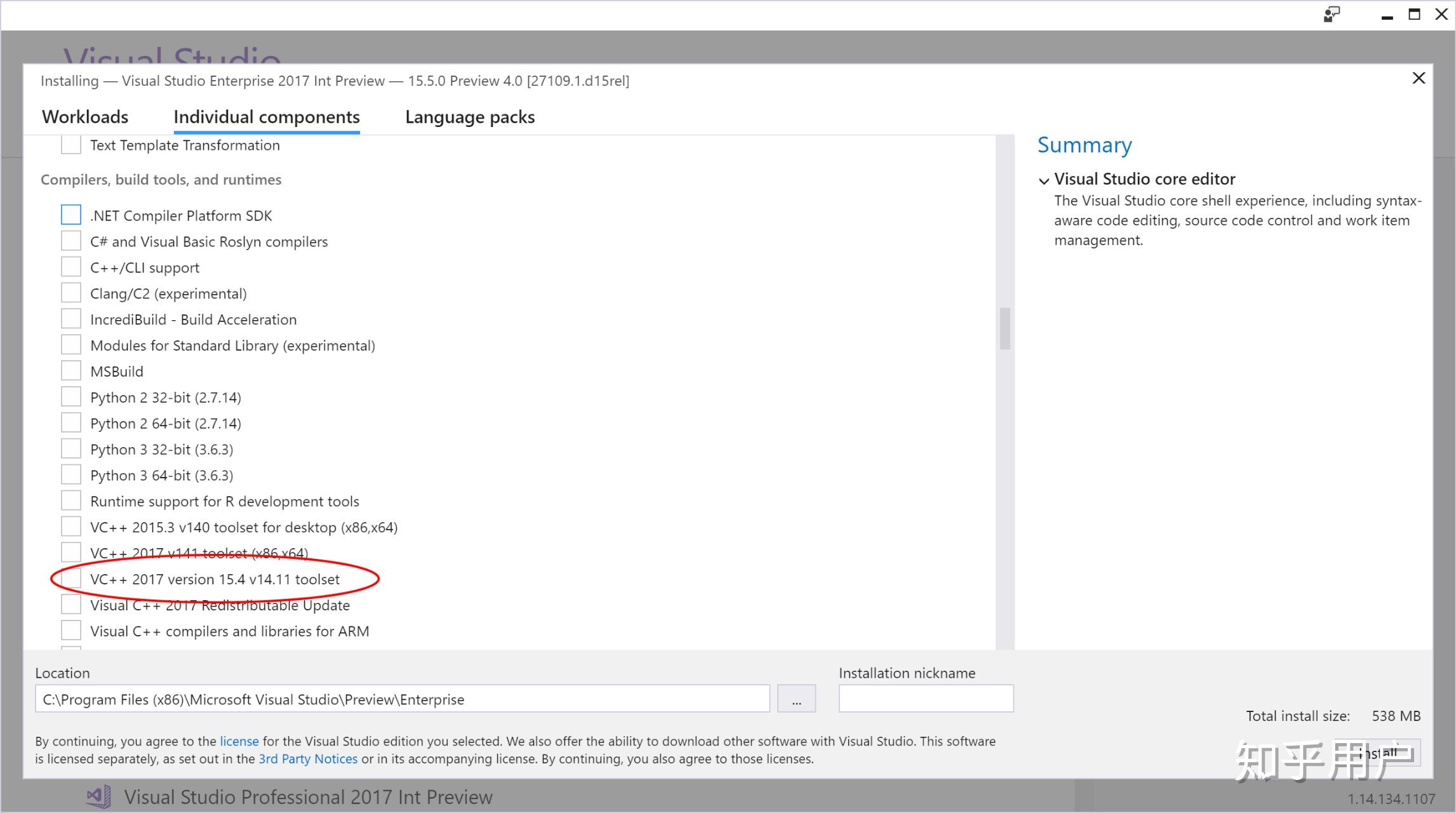

Q: How is Visual Studio Online different from the on-premises Team Foundation Server (TFS)?Ī: Visual Studio Online is essentially the newer, cloud-based version of TFS. Related: New Features in Visual Studio 2013 Although it’s probably somewhat redundant considering the nature of the tool, Visual Studio Online also includes the free Visual Studio Express for Web, Windows, or Windows Desktop versions. A new Application Insights feature lets you monitor web applications, as well as collect application performance and telemetry data. To that end, the updated development platform provides features that were formerly in Team Foundation Service, including hosted source control, work item tracking, Agile project planning, collaboration, build services, and load-testing services.

Q: What features are available in Visual Studio Online?Ī: The primary purpose of Visual Studio Online is to support team development. A separate cloud development product, code-named Monaco, will allow code development. Visual Studio Online runs on Windows Azure, and you can connect to it from some of the most popular development tools, including Visual Studio, Eclipse, and Xcode. Visual Studio Online provides developers with a hosted team development platform and code repository and eliminates the need to set up any on-premises infrastructure to support team development. Visual Studio Online is the updated version of Team Foundation Service. Here are answers to FAQs about Visual Studio Online.Ī: Visual Studio Online isn’t a hosted or web-based version of the Visual Studio desktop code IDE. Before you worry that Microsoft is taking away your favorite development tool and moving it to the cloud, be aware that the name “Visual Studio Online” is something of a misnomer Visual Studio Online isn’t the cloud-based version of the Visual Studio development environment. Visual Studio Online is one of Microsoft’s latest online cloud-based releases. It no surprise that Microsoft’s recent shift in focus from software to devices and services has resulted in more of its software catalog being transformed from on-premises software to cloud-based services.


 0 kommentar(er)
0 kommentar(er)
